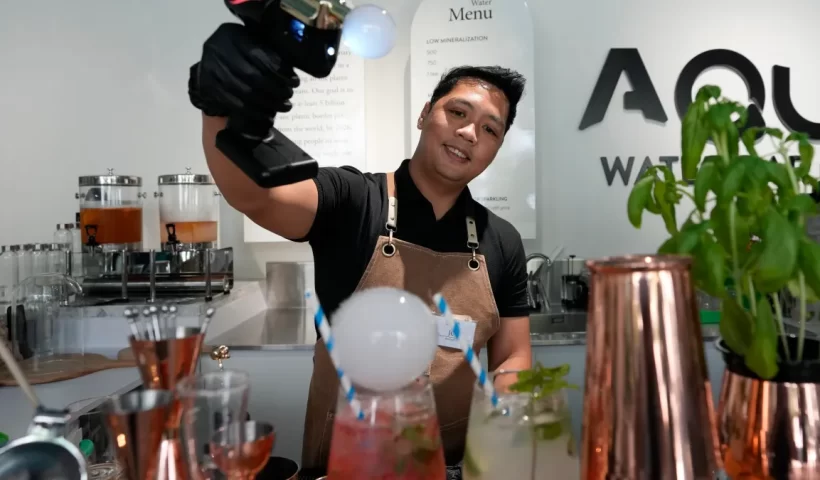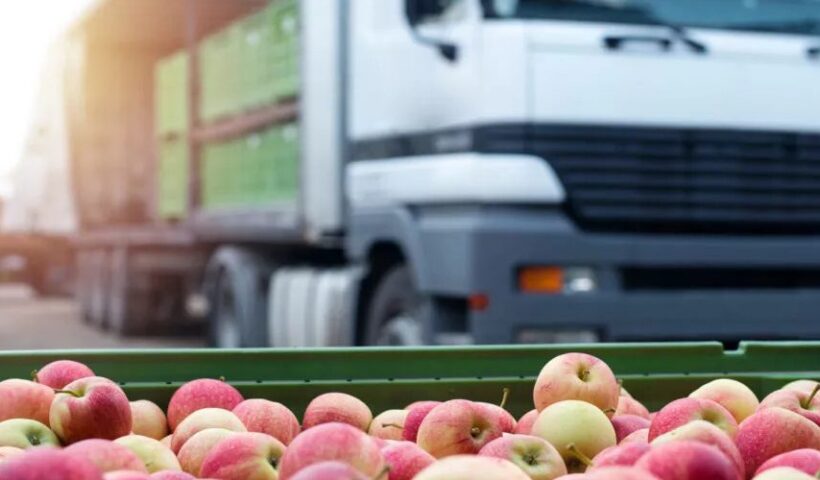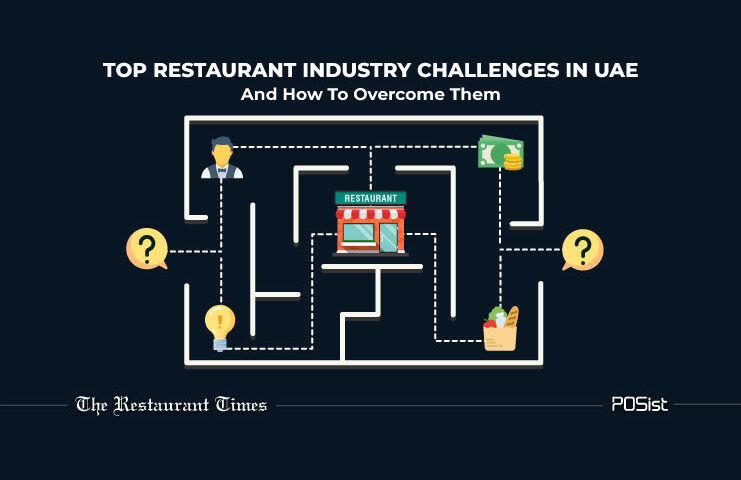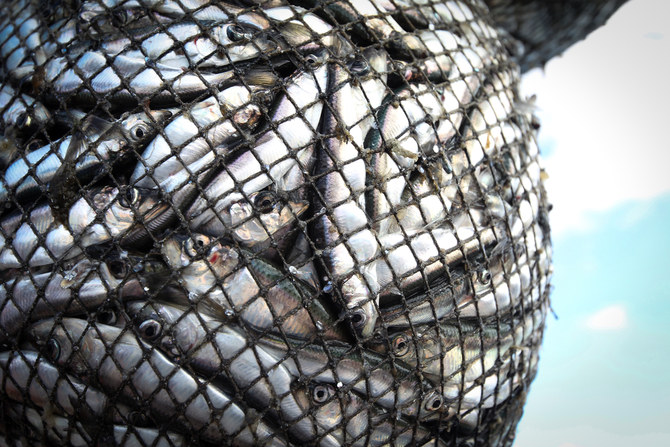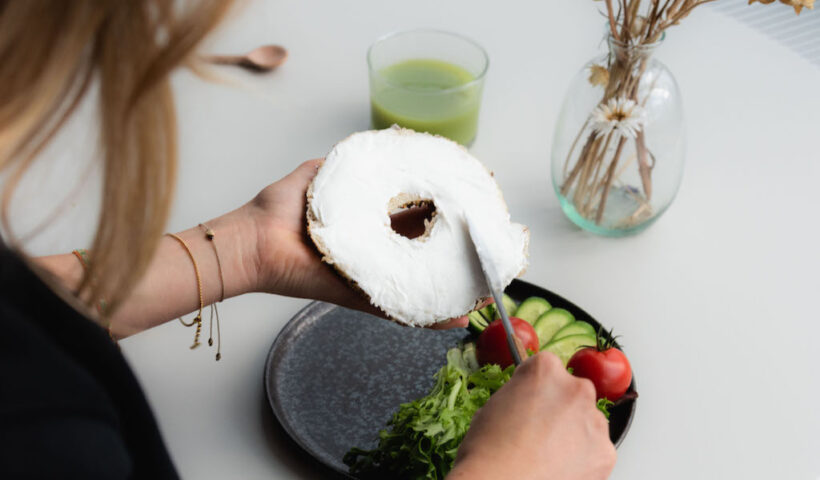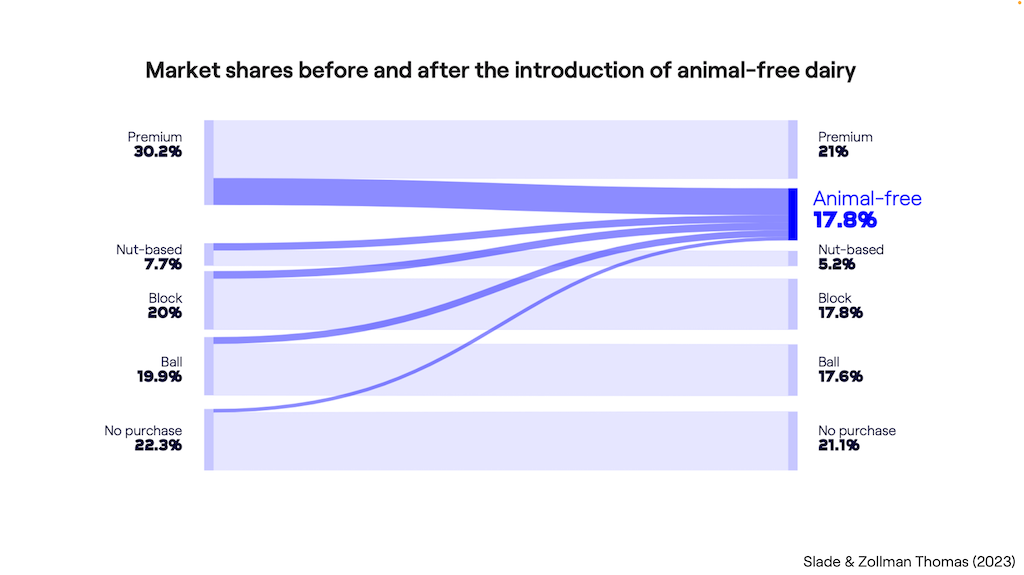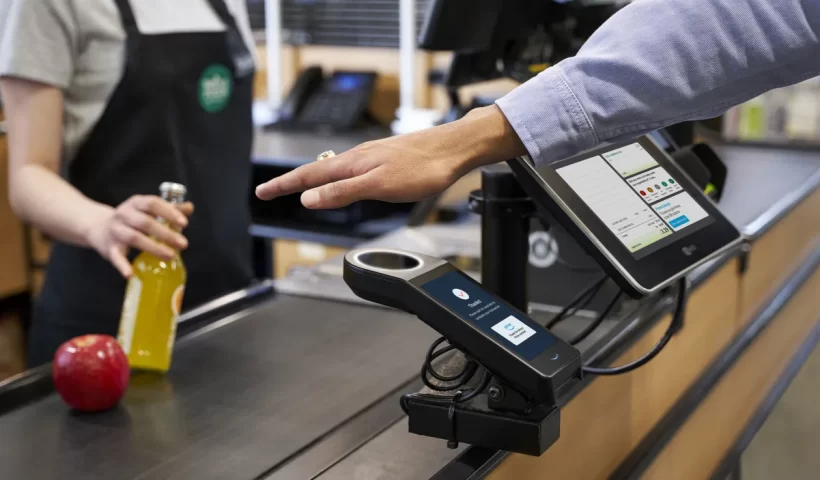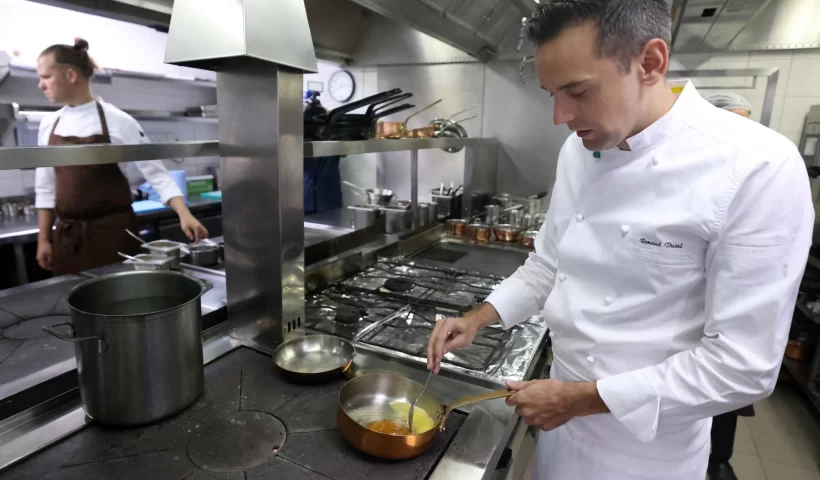The Aqua Water Bar by Luqel gets its water from a faucet, just like it used to be done.
The smoothies made with bananas, berries, and wheat grass came first. Then there are the cold brew, triple-shot, milk-based lattes, German-named artisan brews, and small-batch, barrel-aged Prohibition cocktails.
The Middle Eastern epicenter of all things cutting edge, Dubai, now has a new bar that serves “gourmet water.”
30 different types of it.
The Aqua Water Bar by Luqel gets its water from a faucet, just like it used to be done. Despite the fact that many Dubai residents prefer bottled water, the government claims that tap water is safe to drink and complies with international standards.
The German water filtration business Luqel’s micro-dosing device is then used to infuse minerals. They cater to all varieties of water fans, whether Alpine or Arctic-sourced, by offering to match the mineralization of high-end water brands.
The managing director, Roia Jabari, explains that “our water sommeliers created the drinks to suit your needs and mood.” “We can provide the ideal mineralized recipe for you.”
“Runners Heaven,” a high-sodium, high-potassium food, is made for runners who need to recover from the sweltering desert heat. “Vegan’s Choice” provides nutrients that may be lacking in a diet that is solely plant-based. Customers can pay roughly 50 cents for 500 milliliters (16 fluid ounces) of any of the mineral blends to fill their bottles, or spend more for mocktails.
It’s not a really original idea.
Water from secluded mountains or natural springs has long been sold in bottles. In order to compete with Evian and Perrier, Coke and Pepsi entered the market years ago, blending the lines between water and soda by adding sweets and fizz.
As people adopt better lifestyles and view tap water with frequently reasonable skepticism, such products have become more and more popular.
According to the Beverage Marketing Corporation, a consulting firm, bottled water is the most popular beverage in the United States, with the average person drinking 46.5 gallons annually, compared to 36 gallons of soft drinks. But it’s uncommon to come across a pub that serves only water, as opposed to giving it out for free to customers who drink too much alcohol.
In the city’s East Village, a water bar serving what it claimed to be highly filtered New York City tap water debuted in 2012. This move drew a barrage of criticism. In 2019, a different one opened for a brief period to less than stellar reviews. Both don’t seem to have been open for very long.
However, Dubai, a contemporary metropolis constructed on sand dunes, might provide a favorable environment for the trend.
In the United Arab Emirates, a federation of seven sheikhdoms that includes Dubai, alcohol is sold in pubs and clubs, although the Muslim nation has a sizable teetotaler population. It attracts the wealthy, health-conscious individuals who support the wellness business since it is a center of international trade. Despite being frequented by businessmen in suits who work in the nearby Dubai Media City, Jabari says that the water bar is not just for wealthy customers and that the water, which costs 2 dirhams or 54 U.S. cents per 500 milliliters (or around 16.9 fl oz), isn’t very expensive.
Customers may either fill their own bottles or buy reusable ones starting at about $2.50 in an effort to promote sustainability.
Seeing people strolling about with plastic bottles, according to Jabari, is one of the things that makes him feel like he is scraping a blackboard.
The bar has a Google rating of 4.6 stars based on about a dozen reviews, so the early response seems favorable.
Bilal Rizvi, who visited this week to give it a try, remarked that “(the water) was actually different.” It is quite good. The water with turmeric was fantastic.
The virgin mojito mocktail, according to Jabari, is also a very popular beverage. It has a tinge of sweetness from the agave and honey, along with a twist of cucumber and lime.
The bar was created with a water theme by an interior designer from San Diego, California who has spent 24 years living in the UAE. The blue and white colors of the decor are illuminated by bubble-shaped lights. The bar also offers Persian food as a tribute to her background.
She sees potential for expansion in Dubai’s arid neighbors, and she wants to enlarge the company.
For us, Saudi Arabia is a sizable market. Abu Dhabi, in my opinion, represents our next move.

